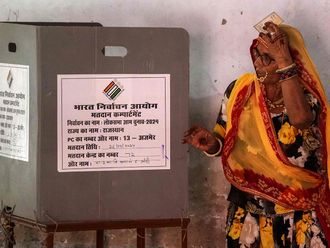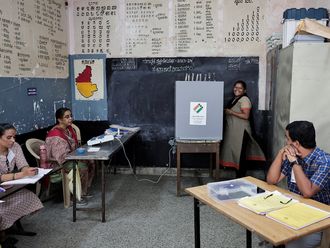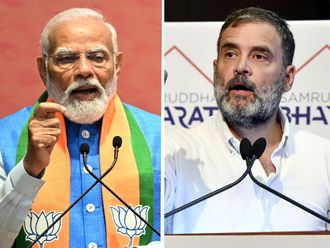Mumbai: The Brihanmumbai Municipal Corporation (BMC) has told Mumbaikars that they will have to manage their waste disposal independently, with the deadline initially set for October 2 being extended by three months.
Thye municipality, however, also warned it will not collect wet waste from large housing complexes, hospital, hotels, malls and others that generate bulk waste if they do not inform the civic body of they plan to segregate wet and dry garbage by October 10.
As per the central government’s directives issued last year, it is the responsibility of waste generators to segregate waste into wet, dry and hazardous waste.
All bulk generators of waste with more than 5,000 square metres area have to, in partnership with the local body, ensure that waste is segregated at source in addition to seeing to it that biodegradable waste is processed, treated and disposed of through composting or bio-methanisation within the premises as far as possible.
The residual waste should be given to waste collectors as directed by the local authority.
On the completion of three years of the Clean Indian Campaign, known as Swachch Bharat Abhiyan and that falls on October 2, the birth anniversary of Mahatma Gandhi, Mumbai could not embark on its massive waste management programme.
The BMC had sent out 5,304 circulars across the city wherever there was large generation of waste, asking people to treat their own garbage.
However, 3,140 did not respond while 188 sought an extension. Another 251 announced that they were already treating waste.
Last month, the BMC organised citywide exhibitions to provide information and display the composting machines of 40-50 companies to 22,000 bulk generators of waste so that residents start on segregation immediately.
Mumbai’s waste would henceforth would have to be segregated as wet or biodegradable waste which includes vegetables, food, fruit peels, coconut shells, hair, egg shells, bones, fish and soiled papers, among other things.
Dry or recyclable waste would include plastic, aluminium, cans and jars, shampoo and detergent bottles and so worth.
E-waste, comprising electronics, computer and laptop parts, battery cells, cameras and so forth, medical waste, construction waste such as bricks and cement and hazardous waste such as sanitary napkins, diapers, rubber, foam, tubelights and empty cleaning agent containers, would now have to separated.
Several housing societies have come up with various options on how to manage their waste — with some composting their wet waste or outsourcing courtesy of companies that cart away wet and dry waste, though these agencies have a strict policy of garbage segregation at source and will refuse to pick garbage that is not segregated.
It is a huge job for not just the BMC but civic bodies across the country which have to follow the centre’s rules on waste management, but this massive effort is the need of the hour.
India produces 62 million tonnes of waste annually, out of which 5.6 million tonnes is plastic, 0.17 million tonnes is biomedical waste, hazardous waste generation is 7.90 million tonnes and e-waste is 1.5 million tonnes. Most of the waste is dumped in landfill sites, with only 22-28 per cent processed and treated.
Waste generation is expected to increase from 62 million tonnes to about 165 million tonnes in 2030.












